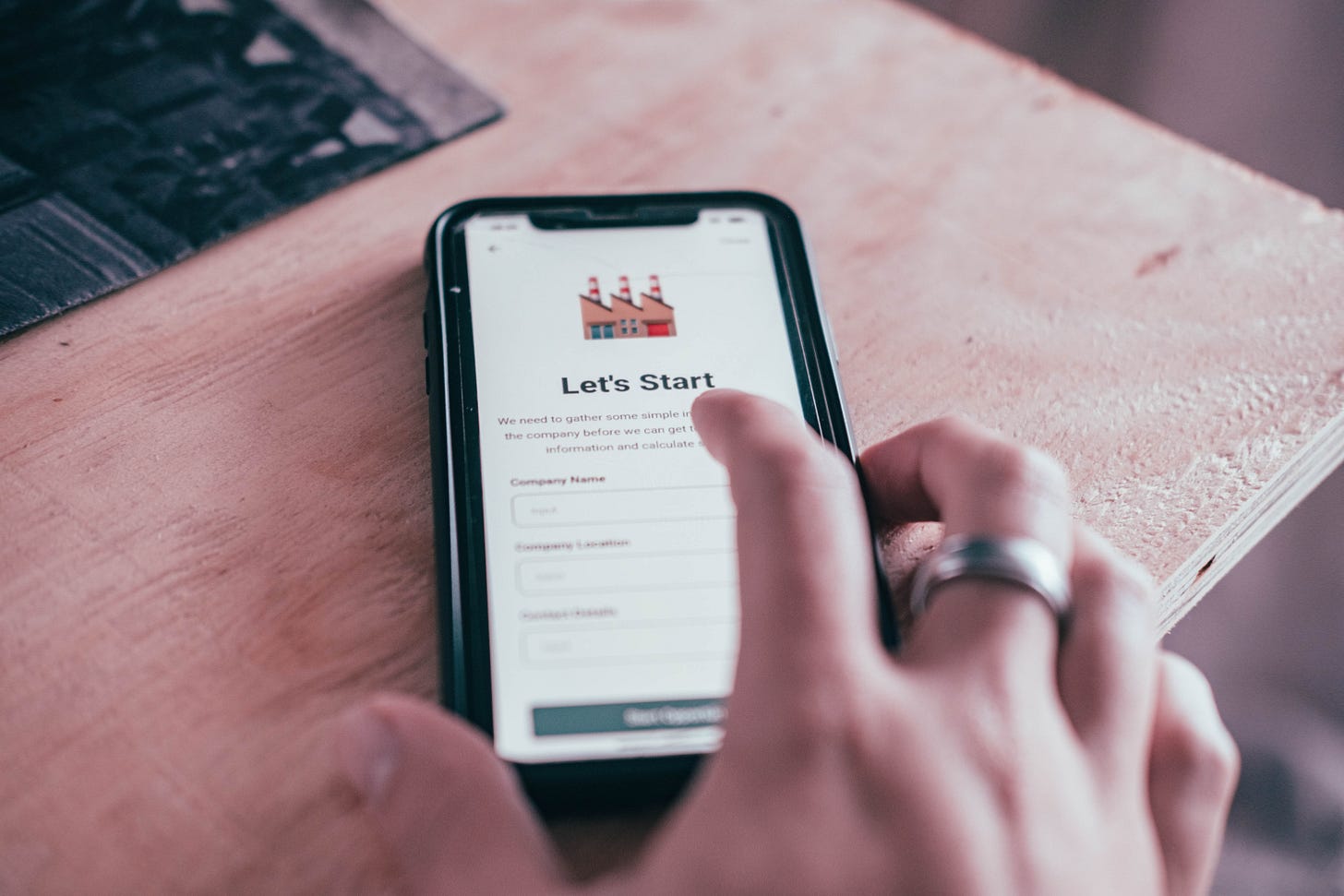You can offer the best product in the world. The best thing since sliced bread. But if you don’t onboard users properly, it can curb adoption and hurt your business.
What is user onboarding? In my view, the process begins at sign up and is responsible for putting users in a position to gain value from the product on a repeatable basis. A good onboarding process puts users in a position to be successful with your product.
The topic of user onboarding is rich with thoughts out there (Growth.design is a fantastic resource that walks you through what good and bad product experiences look like - that link takes you to a Headspace case study on user onboarding). Here are just 3 onboarding principles that I try to keep in mind:
Users should understand how to use your product without using outside resources
I always work under the assumption that users of my product have a finite amount of time. I assume they are impatient and have high expectations. It might sound like I’m pessimistic, but I think it is partially true and a great approach to building products.
Standalone FAQ pages and help center documentation can be extremely helpful. They have a deserved place in CS departments and training teams. However, as a PM, I assume these resources don’t exist because I want my product to be so intuitive to use that a user has no reason to reference these external resources.
However, there is a difference between B2C and B2B companies. I haven’t worked in product in B2C, but I can tell you that businesses typically spend more money than consumers on software that they expect (demand) meets their use cases 100% of the time. B2B softwares can be more versatile, powerful and configurable. Consequently, external help pages can be helpful for B2B companies who need to accommodate countless user personas. But I think the B2C approach can be a helpful perspective to keep in mind. When you requested an Uber for the first time, did you have to visit their help center to know how to do it? Your product should be so easy to understand that users should never have to leave the app to learn how to use it.
The value you are offering must be greater than the effort required by users to get onboarded
It is fair to assume that one might drive 5 minutes for ice cream on a hot summer day. It is not fair to assume that one would request an Uber, get dropped off at the nearest train station, and then take that train 3 towns over to get that same ice cream.
When we released PantherPayments, a sign up process was (and still is) required for users to enroll. It’s not cumbersome, but there is important information that is necessary to collect to ensure our users are set up for a compliant, streamlined payments experience. It would be unreasonable to assume that our customers would spend time filling out this application without understanding the value propositions of the product. That’s why we display these value propositions in-app, and remind users about how great PantherPayments is just before they begin step 1 of sign up. If users don’t see or understand the value, you should assume they won’t give your product a try at all.
Be sure to consider your user persona(s)
With all things related to onboarding, you must keep your user persona(s) in mind. It is important to understand:
a) Users (title/responsibilities/interests) who are most likely to end up on your landing page or sign up screen
b) What their pain points and existing workflows are like that might make them interested in the product in the first place, and
c) If they might have restrictions that cause friction in signing up at all
A, B & C should dictate everything about your onboarding experience (in truth, they are applicable to just about everything that PMs think about on a daily basis). Truly understanding user personas helps with crafting messaging. It forces you to think about knowledge gaps that users may have (which can prevent onboarding from happening at all). And it ensures that the product they are about to experience actually solves a problem that these users care about.
I’d love to hear your thoughts on best onboarding practices, especially how it might vary for between B2B & B2C products. Drop a comment below!


